The Halloween III: Season of the Witch episode of WTF Happened to This Horror Movie? was Written by Cody Hamman, Narrated by Adam Walton, Edited by Jaime Vasquez, Produced by Lance Vlcek and John Fallon, and Executive Produced by Berge Garabedian.
For two films, movie-goers watched the masked slasher Michael Myers stalk Jamie Lee Curtis and murder his way through the small town of Haddonfield on Halloween night. So you can understand that some were shocked when they went to see Halloween III and it wasn’t anything like the previous two films. Instead of more Michael Myers, they got a movie about a warlock who wanted to use the power of Stonehenge to kill millions of children. With masks that would melt their heads down into puddles of snakes and bugs. This change in direction did not go over well. For decades, Halloween III: Season of the Witch (watch it HERE) was largely disregarded. And now we’re going to try to figure out What the F*ck Happened to This Horror Movie!
In 1976, producer Irwin Yablans of Compass International Pictures had an idea for a movie about a killer stalking babysitters. It could have been called The Babysitter Murders, but when Yablans decided the story should take place on Halloween night, it became Halloween. Impressed by director John Carpenter’s Assault on Precinct 13, he hired Carpenter to write and direct the film. And Carpenter brought his girlfriend Debra Hill onto the project to co-write and produce. When Halloween was released in 1978, it was a massive success. So, of course, Yablans wanted a sequel. Carpenter and Hill weren’t enthusiastic about making Halloween II… but legal and financial circumstances basically pushed them into it. Then legendary producer Dino De Laurentiis showed up with an offer: he wanted to produce Halloween II, and offered Yablans a major payday to let him do so. Yablans took the deal, and De Laurentiis gained the right to make Halloween II. With an option to produce Halloween III as well.
Released by Universal Pictures in 1981, Halloween II didn’t make as much money as its predecessor did. But it was successful enough to open the door to a sequel. And De Laurentiis decided to exercise his contractual right to produce Halloween III. Carpenter and Hill were the first filmmakers approached about the project. Their hearts hadn’t been in Halloween II to begin with. Carpenter had Rick Rosenthal direct it instead of taking the helm himself, and from the script on up to the finished film they weren’t too happy with how it had all turned out. So the last thing they wanted to do was make Halloween III. They knew it was going to happen with or without them. So Carpenter gave a response he thought would ensure that it would be made without them. He said he would only work on the film if it was something completely different. No masked slasher. No stalked babysitters. The only connection the film could have to the previous two was the Halloween setting. And to his surprise, De Laurentiis and Universal were completely fine with that approach. Carpenter and Hill were again hired to shepherd a new Halloween movie to the screen.
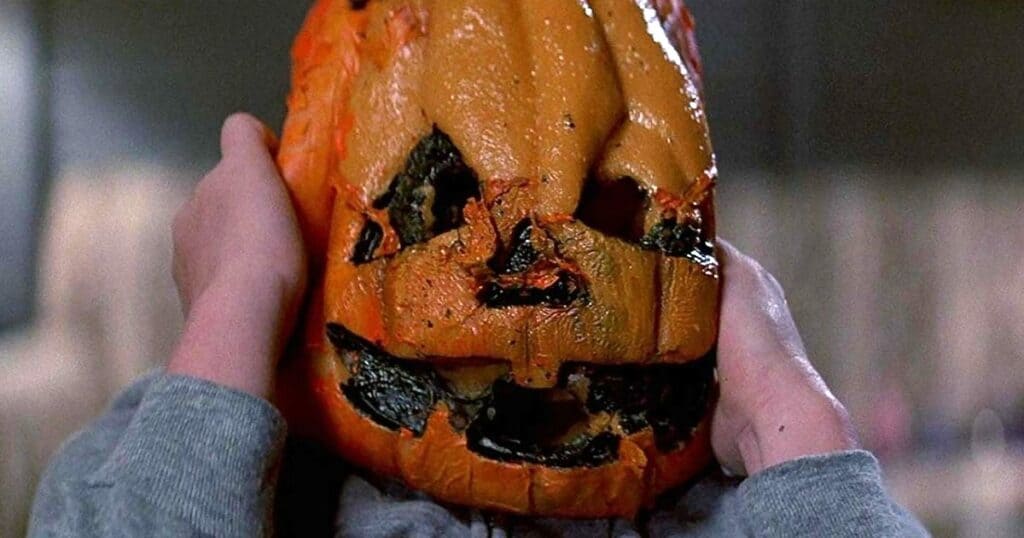
Now they had to figure out just what this different idea would be. Hill had a simple pitch: a movie that would show what happens when “witchcraft meets the computer age”. Carpenter and Hill only intended to produce the sequel, so Piranha and The Howling director Joe Dante was hired to direct. And since Carpenter and Dante were both fans of the British horror stories about Professor Quatermass, they brought in Quatermass creator Nigel Kneale to write the script. Kneale had total freedom to come up with any kind of story he wanted to. Just as long as it was about witchcraft in the computer age. While the script was in progress, Dante received a competitive offer. He was given the chance to contribute to Twilight Zone: The Movie alongside John Landis, Steven Spielberg, and George Miller. And he took it. When Dante left Halloween III behind, Carpenter turned to an old friend: Tommy Lee Wallace.
Carpenter and Wallace had known each other since grade school. When Carpenter got into filmmaking, Wallace was right there beside him. He helped out on the set of Dark Star. Was art director and sound effects editor on Assault on Precinct 13. Production designer and editor on Halloween and The Fog. He had been the first choice to direct Halloween II – but left the project after reading the script. He had no interest in making a bloody body count movie. If Halloween III had been another Michael Myers movie, he still wouldn’t have been interested. But as soon as Hill told him it would be something different, he signed on. And he had to start moving fast. He got the offer to direct in January. Filming was scheduled to begin in mid-April. The film had to be through post-production by mid-September to be ready for an October theatrical release.
There was a speed bump on the way to production. When Kneale turned in his script, the story and structure of Halloween III was in place. But the tone and pace were off. There was a feeling that the sixty-year-old screenwriter wasn’t in tune with the horror audience of the ‘80s. The script was slow and dark, with no room for jump scares or stylized murder scenes. Or moments of humor. The lead character was an alcoholic with a depressing home life. A toxic relationship with his wife. Bratty kids. There were odd supernatural moments with no reasoning. And a lot of mean-spirited jokes at the expense of the Irish. When Carpenter and Wallace asked Kneale to liven things up and make it more ‘80s, the writer walked. He had no interest in compromising his script to appeal to the modern youth. So Carpenter did his own rewrite on the script. And when Carpenter was finished, Wallace did a rewrite as well. Carpenter didn’t want to take credit for his contributions. Wallace wanted credit for his. And Kneale wanted his name taken off the movie entirely. So that’s how Wallace ended up with the sole writing credit. Even though fifty to sixty percent of Kneale’s script was still in place when filming began.
The story begins with store owner Harry Grimbridge running for his life after visiting a Halloween mask factory. He’s being pursued by well-dressed silent assassins. Characters Wallace added to the script; he calls them Graysuits. After collapsing at a gas station, Grimbridge is taken to a hospital. Where one of the doctors on staff is Dan Challis, an alcohol-chugging ladies man with an ex-wife and two kids he doesn’t seem to see much of. While in the hospital, Grimbridge is killed by a Graysuit. Which then blows itself up in the hospital parking lot. Challis is baffled by this turn of events. And intrigued when Grimbridge’s daughter Ellie shows up looking for information on what happened. Ellie asks Challis to help her investigate the mask factory. So he ditches plans with his kids to go on an adventure with a woman young enough to be his daughter. And yes, they do end up in bed together, after traveling to the small town of Santa Mira. Which seems to be strictly controlled by Conal Cochran, owner of the Silver Shamrock mask factory. Soon, Challis and Ellie are able to confirm that something insidious is going on here. Cochran is planning to celebrate Halloween in the old fashioned way: with human sacrifice. He has harnessed the supernatural powers of Stonehenge and somehow distilled it into computer chips. Which he has hidden in the trademark badges on every one of his Silver Shamrock masks. TV commercials with a catchy jingle tell the children of American to tune in for a big giveaway on Halloween night… but when they do, the magical chips in the masks will be activated. And millions of children are going to die in horrific ways. To stop Cochran, Challis and Ellie will have to deal with the Graysuits. Which are actually robots created by the mask-and-toy-maker. And hope they won’t fall prey to his schemes themselves.
Carpenter was dating future wife Adrienne Barbeau by the time Halloween was released. Barbeau invited her friend Garn Stephens to a screening of the film – and Stephens brought her husband Tom Atkins. A few years later, Atkins and Stephens were both cast in Halloween III. Atkins took on the role of Dan Challis, while Stephens plays Marge Guttman, an ill-fated Santa Mira visitor. Wallace cast Stacey Nelkin as Ellie Grimbridge, with Al Berry as her short-lived father. Atkins’ friend Ralph Strait plays store owner Buddy Kupfer, who gets killed alongside his wife and son, played by Jadeen Barbor and Brad Schacter. Jonathan Terry appears just long enough to lose his head as disgruntled Santa Mira resident Starker. Wendy Wessberg is assistant coroner Teddy. Dick Warlock, who played Michael Myers in Halloween II, is a prominent Graysuit. And Wallace’s then-wife Nancy Kyes Loomis, who had played a Michael Myers victim in the previous films, makes an appearance as Challis’s ex.
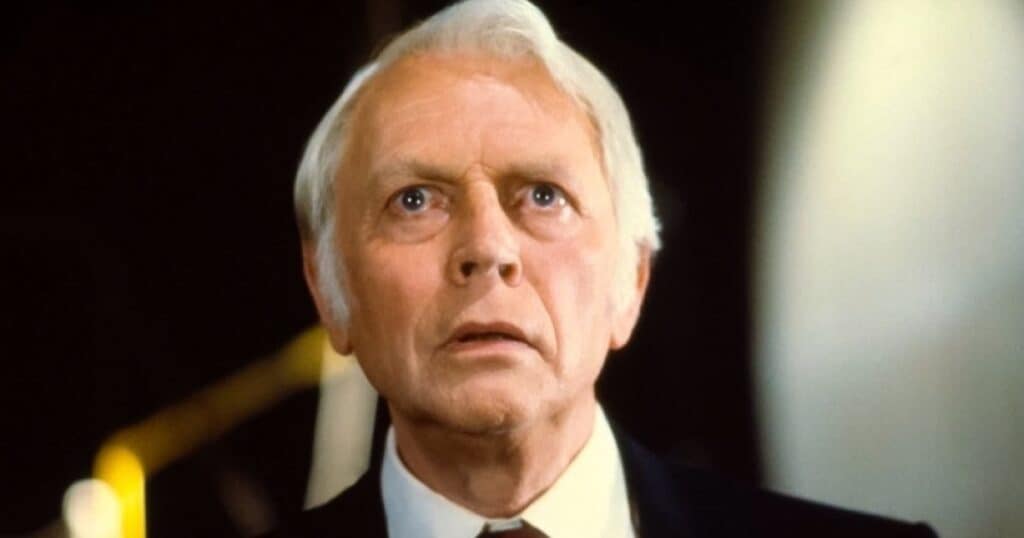
The first person Wallace had in mind for the role of Conal Cochran was Tonight Show host Johnny Carson. Ned Beatty was also on a list of possibilities. An offer was made to Fred MacMurray of My Three Sons and The Absent-Minded Professor. But he never responded. It was Debra Hill who suggested Irish actor Dan O’Herlihy for the role. And O’Herlihy went on on to deliver an incredible performance on the level of a James Bond villain.
Halloween III had a budget of two-point-five million, the same as Halloween II. Only twenty-five thousand of that went toward the special effects. Burman Studios had just four weeks to get those effects ready before filming… But it’s interesting to see that the director who thought Halloween II was excessively violent brought a lot of violence into Halloween III. Grimbridge’s face crushing death. Starker’s decapitation. The destruction of the Kupfer family. None of those were in Kneale’s script. Carpenter and Wallace added those moments. The murder of Teddy wasn’t even in the shooting script. Her scenes were additional photography, worked in when it was decided the movie needed another kill. But Wallace was comfortable with these moments of violence because he thought he could shoot them in a tasteful, artistic way. With as little gore as possible. Effects artist Tom Burman agreed with the approach. He told Fangoria magazine, “This movie is really not out to disgust people. It’s a fun movie with a lot of thrills in it; not a lot of random, gratuitous gore.” That said, the deaths of Marge Guttman and the Kupfers are more disgusting than anything Michael Myers ever did.
The pumpkin, witch, and skull Silver Shamrock masks were supplied by Don Post Studios. The mask company that had created the Captain Kirk mask that Wallace modified into the Michael Myers mask for the first film. To save costs, the filmmakers let Don Post retain the copyright to the masks, so he didn’t charge the production for them. And even let them film the Silver Shamrock factory scenes inside his factory. Jim Leonard designed the pumpkin and witch masks. Pat Newman designed the skull mask, which Don Post Studios had actually already been selling since 1965. Trying to make sense of the fact that his movie was called Halloween III, Wallace referred to the Silver Shamrock masks as “the Halloween Three”.
While the previous Halloween movies had been “knife movies”, Wallace saw his entry as a “pod movie”. Just like one of his all-time favorites, the original Invasion of the Body Snatchers. He even paid tribute to Body Snatchers by filming some scenes in the same location, Sierra Madre. And the town name Santa Mira was directly lifted from the earlier film. Wallace also wanted to make sure his movie had an ambiguous ending. Which Body Snatchers almost had, until the studio made the director shoot an epilogue where it seems everything is going to be okay. Wallace thought Body Snatchers should have ended with Kevin McCarthy screaming “You’re next!” directly into the camera. Which is why Halloween III ends with Challis screaming into the phone. Trying to get Silver Shamrock commercials taken off the air. We’re left not knowing if he was fully successful or not.
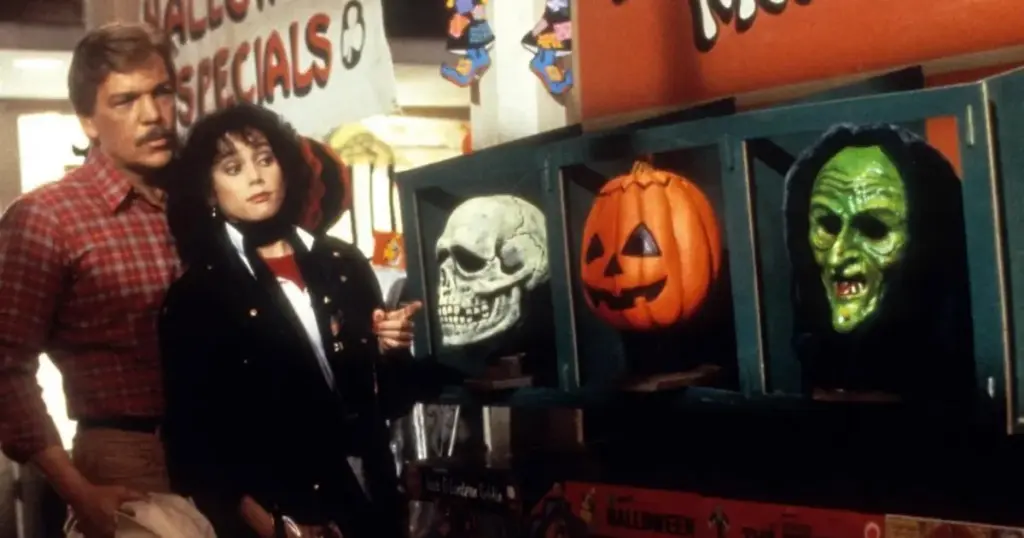
A test screening of Halloween III was held in Las Vegas – and the audience was not happy with the ending. Universal requested that it be changed. But it was in Carpenter’s contract that he had final cut. And when Wallace said he wouldn’t change the ending, Carpenter supported him. The studio couldn’t do anything about it.
The idea behind making Halloween III something different was that it would turn the franchise into an anthology series. Every year, Carpenter and Hill would produce a new horror movie that would be set around the Halloween holiday. This way they could tell a variety of stories. Before he left the Halloween world behind, Kneale even had an idea for a Halloween 4 that would’ve been a ghost story. The problem was, the marketing of the film didn’t get this idea across at all. Anyone who didn’t read magazines like Fangoria had no idea what was going on with Halloween III. The fact that some posters included the words “All New” certainly didn’t provide an explanation. So movie-goers made the logical assumption that Halloween III was going to give them more Michael Myers action.
Halloween III: Season of the Witch reached theatres on October 22, 1982. It had a solid opening weekend of six-point-three million. But there were a lot of unhappy audience members. While the movie looked familiar, since cinematographer Dean Cundey had returned… and it sounded familiar, because Carpenter and Alan Howarth provided the score again… it was “All New” in a way they didn’t expect. And didn’t want. It has been reported that people walked out of Halloween III when they realized Michael Myers wasn’t going to show up. Some demanded their money back. The box office numbers plummeted. By the end of the twelve week theatrical run, the movie had only made fourteen-point-four million. Far below Halloween II’s twenty-five million, which was already far below the first film’s box office. Wallace was left feeling that he had made a total flop. A box office disappointment that viewers hated.
But as years went by, Halloween III started to gain a cult following. It received reassessment from viewers who decided to give it a try on its own merits. Pushing Michael Myers out of their minds, they found that Wallace had actually made a good Halloween-themed film. One that combines the roots of the holiday with modern trick-or-treating. That retains the cool Carpenter / Cundey style, filtered through the sensibilities of Wallace. That has an unlikely hero – an alcoholic deadbeat – who is entertaining to watch because he’s played by Tom Atkins. And features a brilliant performance from Dan O’Herlihy. This witchcraft meets the computer age idea was something different for sure. But being different didn’t mean it was bad. And for those who missed Michael Myers, there was a whole lot more of him to come.
If you decide to watch Halloween III, you should be warned that you’ll be exposed to the Silver Shamrock jingle. Which will be stuck in your head for the rest of your life. But Wallace says there’s a message to be found in the effectiveness of this earworm. In his own book about the making of Halloween III, he said the film takes a stance against the advertising world. Against “all that noise, all those jingles, all that advertising hype, all that pressure being exerted twenty-four / seven on the public to buy, consume, want and need more and more without question.” He warns viewers that “powerful forces are at work, some merely greedy, some downright evil, none particularly interested in making a better world”. So enjoy that Silver Shamrock jingle. But don’t fall into the Silver Shamrock trap.
A couple of the previous episodes of WTF Happened to This Horror Movie? can be seen below. To see more, head over to our JoBlo Horror Originals YouTube channel – and subscribe while you’re there!



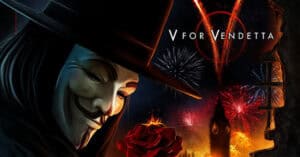
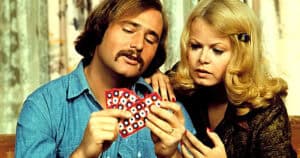
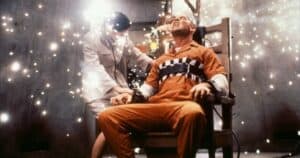

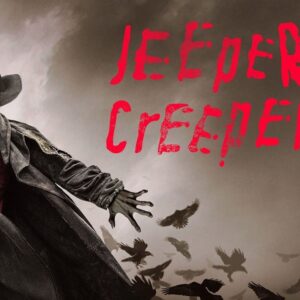
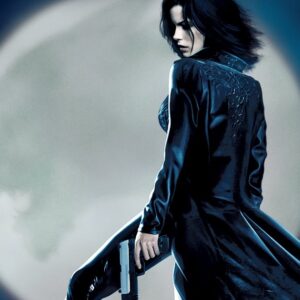
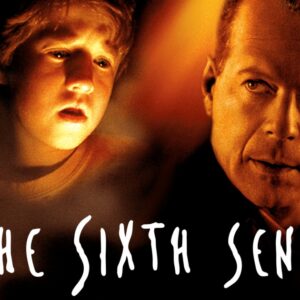

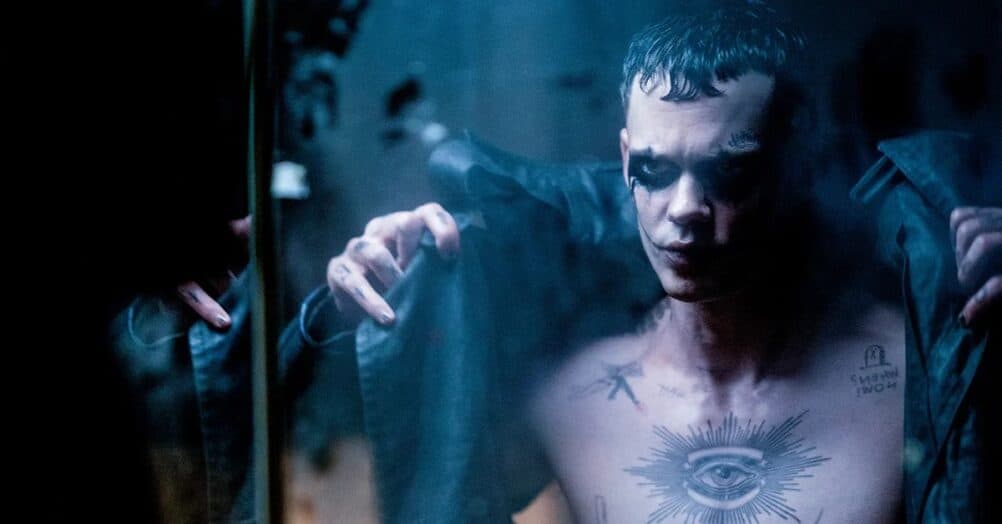
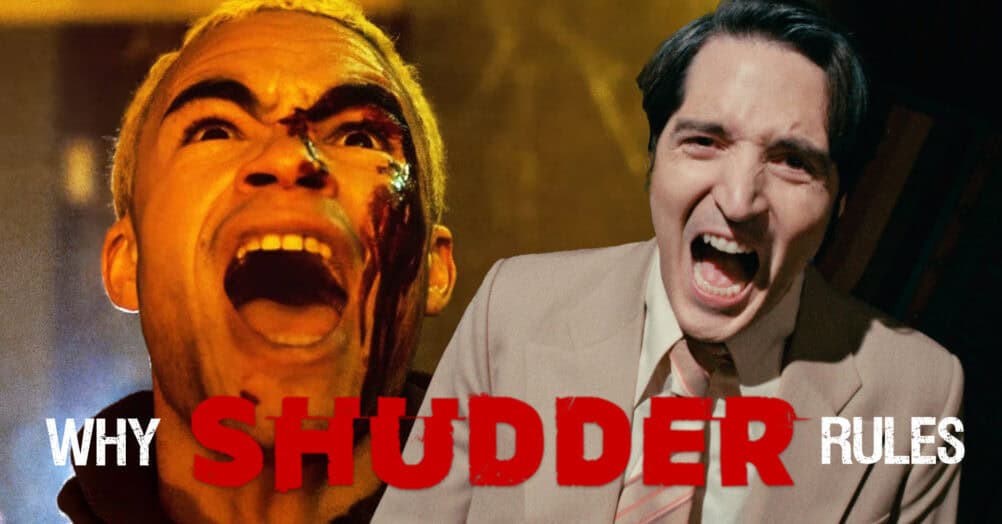

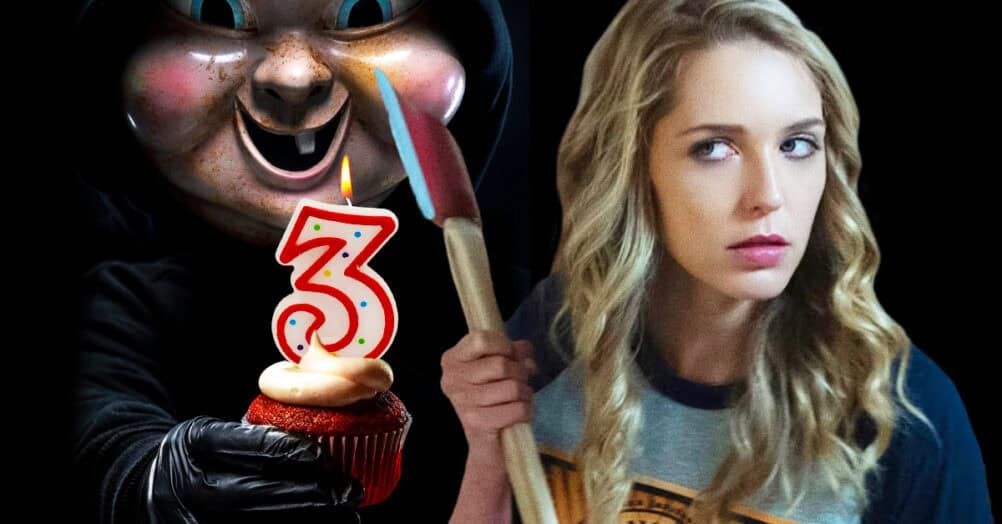
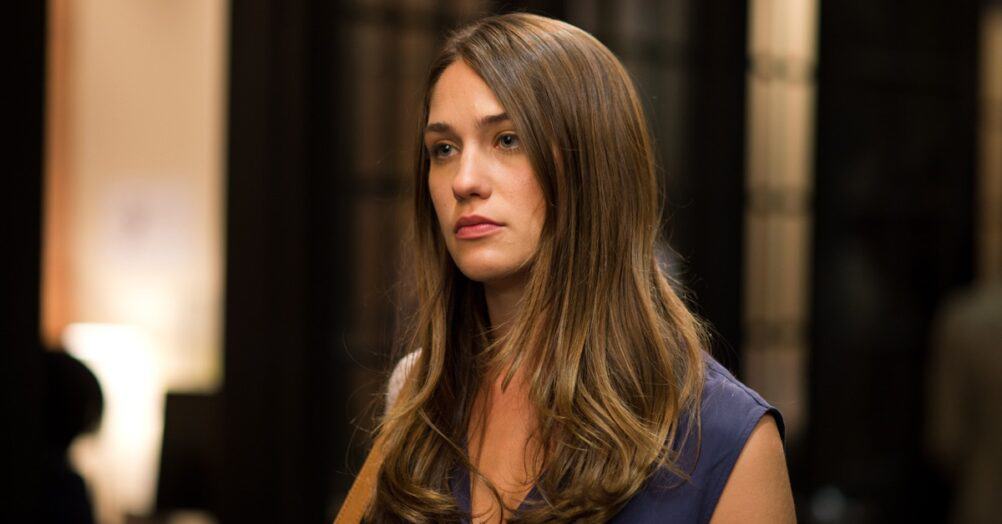
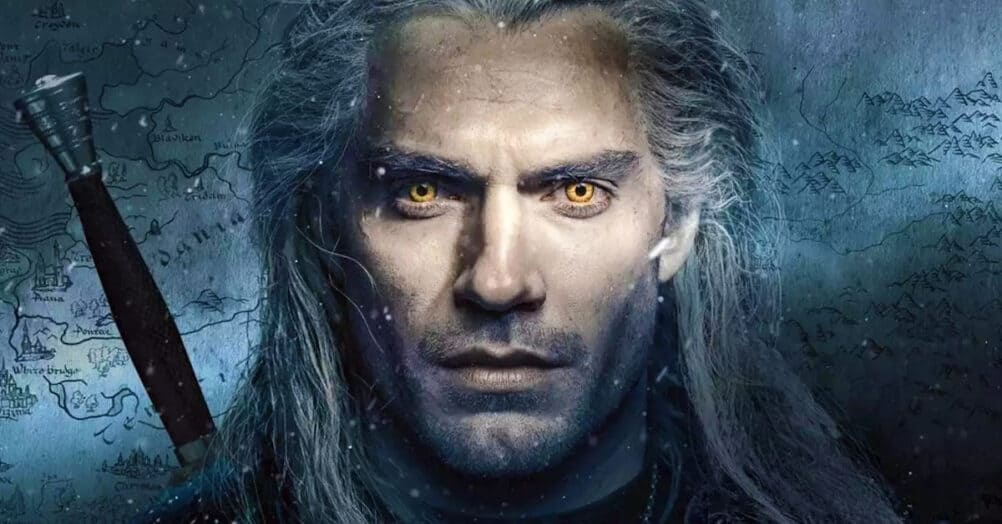
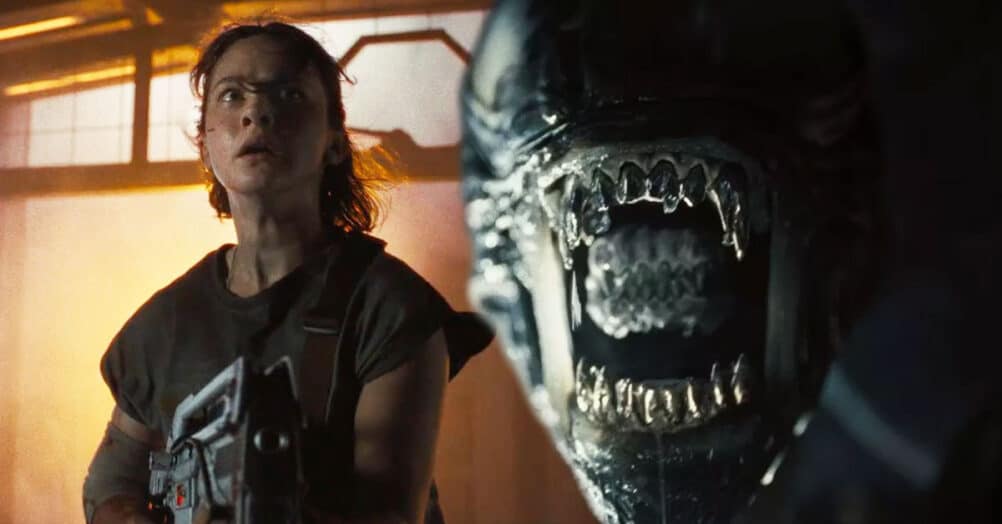

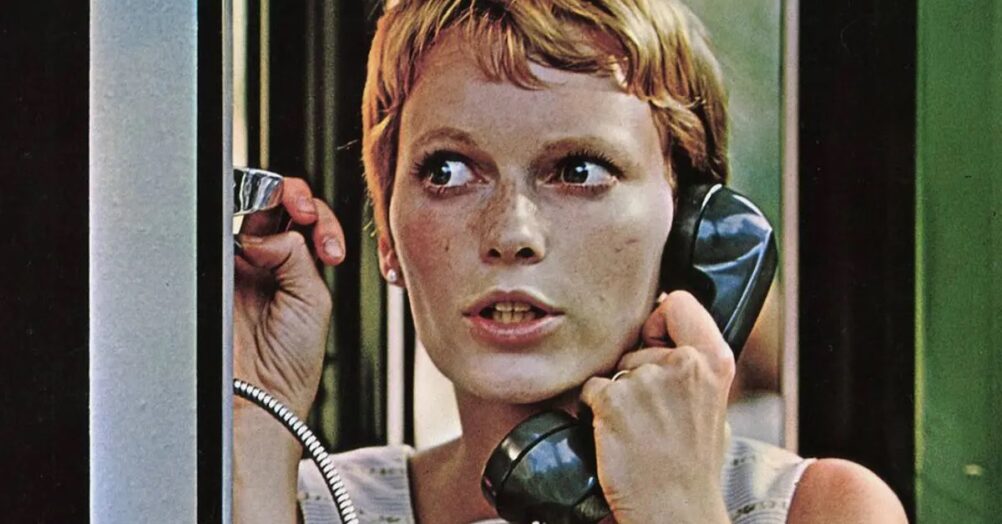
Follow the JOBLO MOVIE NETWORK
Follow us on YOUTUBE
Follow ARROW IN THE HEAD
Follow AITH on YOUTUBE